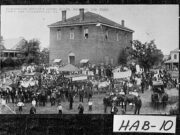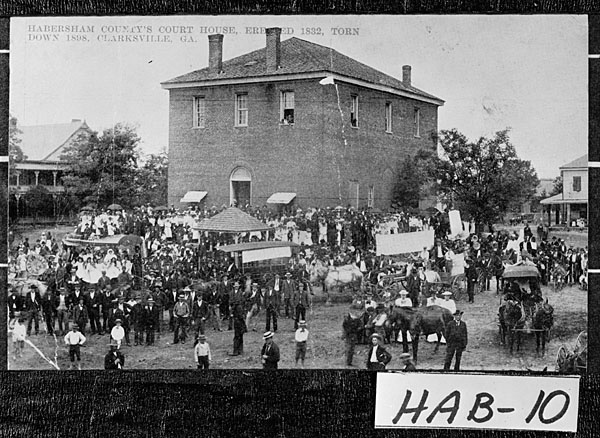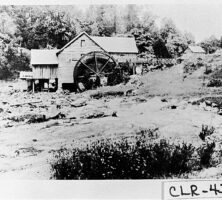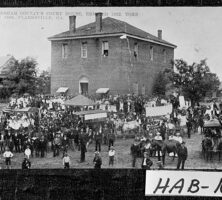Clarke County, in northeast Georgia, is the state’s twenty-sixth county.
It was originally inhabited by members of the Cherokee and Creek Indian nations, but the first white settlers arrived very soon after the end of the American Revolution (1775-83). Later, to entice new settlers to the area, the state offered 1,000 acres per family for a nominal sum. This opportunity drew a significant number of people of Scots-Irish descent from North Carolina and South Carolina.
History
The boundaries of Clarke County, named in honor of Elijah Clarke, a general during the American Revolution and member of the state assembly, have changed several times over the years. Created by the state legislature in 1801 from part of Jackson County, Clarke acquired more land in 1807 from neighboring Greene County. But it lost territory with the creation of Madison County in 1811 and Oglethorpe County in 1813, and lost land again to Madison in 1813 and 1829. In 1875 it lost still more territory when Oconee County was created from its western region, leaving Clarke County, with 121 square miles, the geographically smallest of Georgia’s counties.
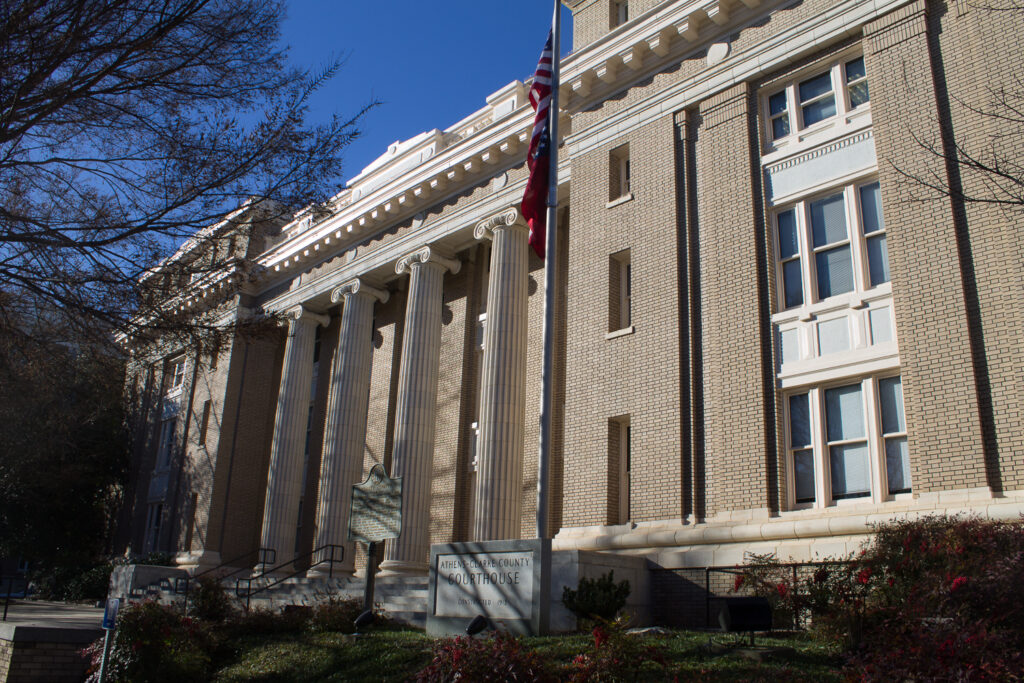
Watkinsville, located on land that eventually went to Oconee County, served as the county seat until 1871, when the state legislature made Athens the new seat. The town of Watkinsville evolved slowly, while Athens, with a rail terminus, grew quickly; after the University of Georgia (UGA) was established in Athens in 1785, the town became the county’s center of commerce and education. The county also supports Athens Technical College, founded in 1958. A courthouse was built in Athens in 1876 and was replaced by the current courthouse in 1914. Several additions have been made to the courthouse in the years since its construction. Most of the county’s residents live in Athens, and the city and county share a government known as the Unified Government of Athens–Clarke County, approved by voters in 1990.
The only other incorporated town in the county is Winterville, which was incorporated in 1904. Winterville was founded six miles from Athens soon after the Georgia Railroad built its line through the area in 1841. The railroad depot was originally called “Six-mile Station,” reflecting its distance from Athens, but later became known as “Winter’s Station” after Heinrich Winter, a member of a local German immigrant family, became its section foreman. The name “Winterville” was codified in 1866 when John Winter, another family member, became postmaster.

Economy
Agriculture was the predominant sector of Clarke’s economy during the county’s first two centuries, with cotton preeminent at first; after 1875 food crops became the dominant agricultural product. Prosperity and economic growth were punctuated by periods of stagnation during the nation’s wars and depressions, although Clarke County suffered less during both the Civil War (1861-65) and the Great Depression than many other Georgia counties. Its five rail lines, rapid rivers for powering mills and other industrial plants, and outside investment (especially after the Civil War) ledto a diverse industrial base for its post–Civil War economy. Urban sprawl and urban renewal, beginning in the early 1960s, added to the area’s pool of labor and consumers.
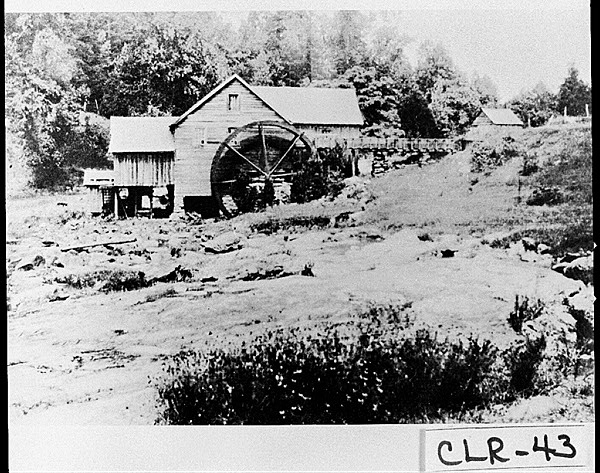
UGA has played a major role in attracting new residents to Athens, shifting the economy in recent times to one based on educational, health, and social services. Industrial development after World War II (1941-45) included the building of plants to process poultry and timber. UGA, Athens Regional Medical Center, and St. Mary’s Hospital are major employers in the area.
People and Places
Fifty-two sites in Clarke County are listed on the National Register of Historic Places, including the Lucy Cobb Institute and the Morton Theatre. The county is also home to the State Botanical Garden of Georgia and the Georgia Museum of Art, the official state art museum.
Whitehall House, added to the register in 1979, is located in the southeastern part of the county and was the home of Clarke’s first large water mill, founded in 1830 to process cotton from area plantations. The mill was bought in 1837 by John White, and the town of Whitehall, incorporated in 1891, grew up around it. John White’s son, John R. White, built a hydroelectric plant to serve the water mill in 1897. After undergoing financial difficulties, the Whites’ property was sold at auction in 1930 to Oconee Textile Company. Thomas Textile Company, maker of children’s clothing, bought the buildings in 1946. Clothing was manufactured there until 1988, when developers converted the mill into loft condominiums. The former mill owners’ mansion and many mill homes are still extant. Whitehall is no longer an incorporated community.
Many notable people are associated with the county, including Janie Porter Barrett, social welfare activist and founder of the Virginia State Federation of Colored Women’s Clubs; nineteenth-century politician Howell Cobb and his brother Thomas R. R. Cobb; aviator Ben Epps; William Few Jr., signer of the U.S. Constitution; Henry W. Grady, editor of the Atlanta Constitution and exponent of the “New South”; African American composer Hall Johnson; Crawford Long, the discoverer of anesthesia; William Anderson Pledger, civil rights activist and publisher of the Athens Blade; quilter Harriet Powers; Dean Rusk, U.S. secretary of state; Lost Cause advocate Mildred Lewis Rutherford; and former Georgia commissioner of labor Michael Thurmond.
According to the 2020 U.S. census, Clarke County’s population is 128,671, an increase from the 2010 population of 116,714.


